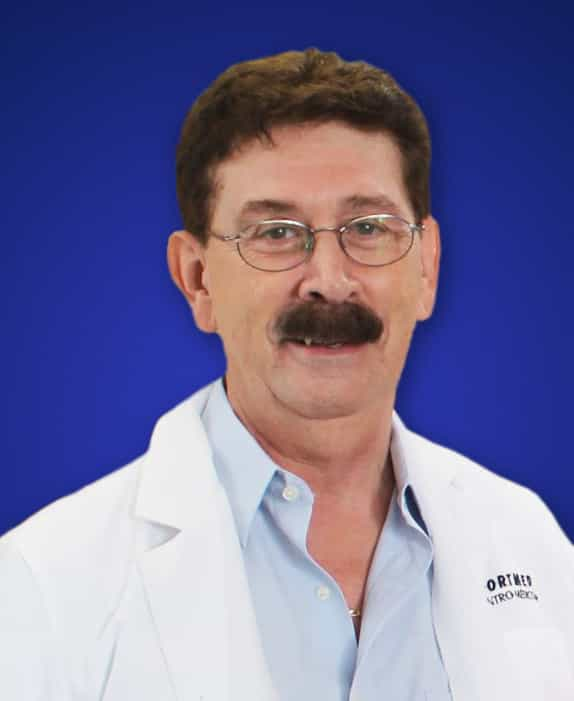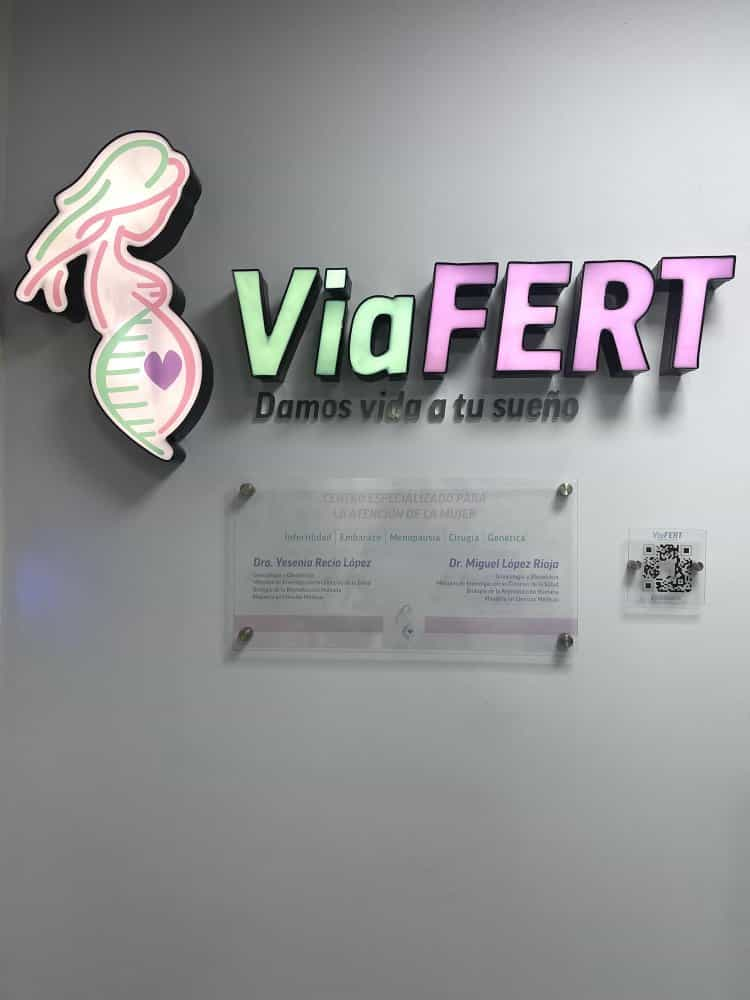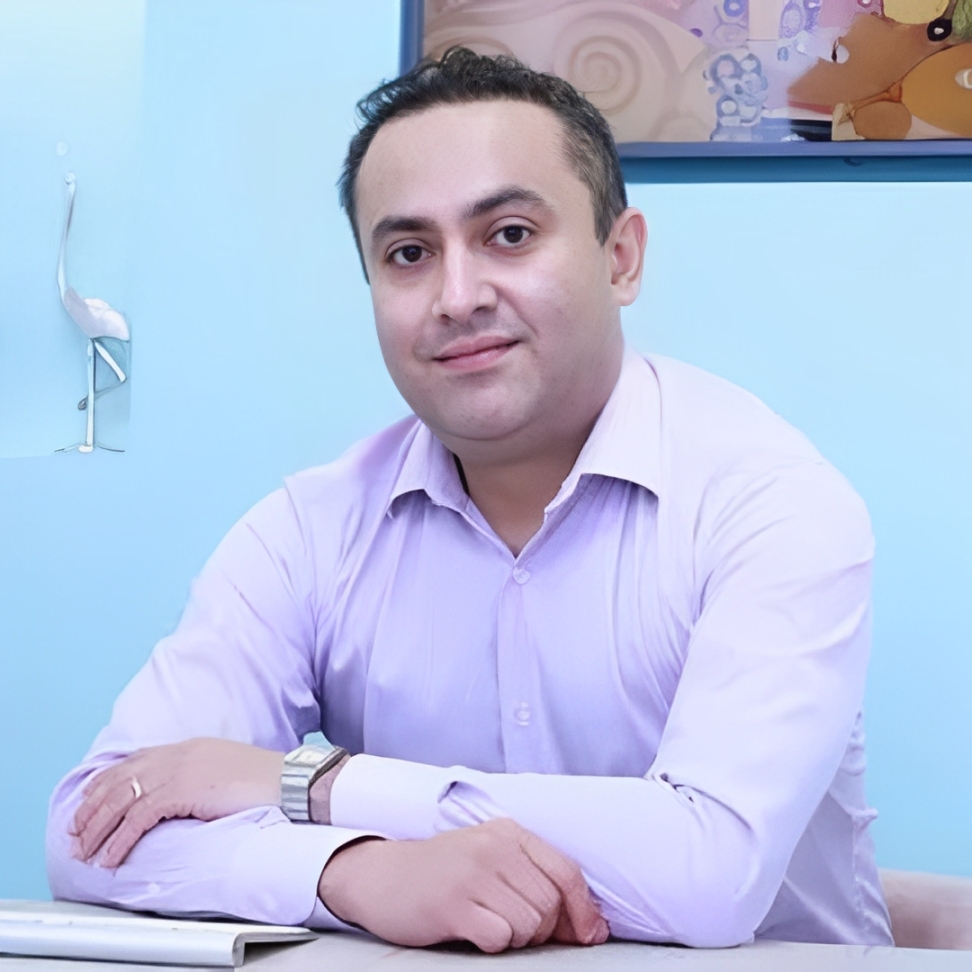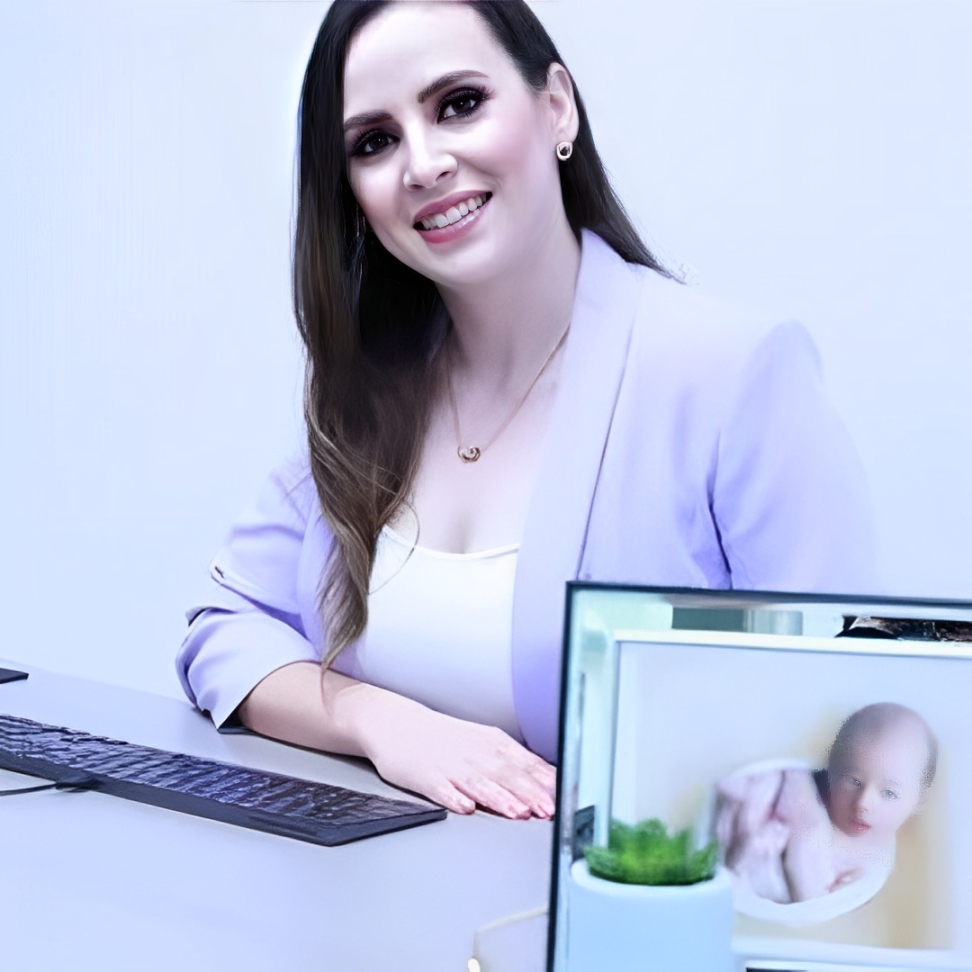.png)
How to Find a Good Stem Cell Doctor in Mexico
In the past, stem cell treatment was a privilege of those living in developed countries. But today, people from all around the world can afford this kind of treatment by going to Mexico or other developing countries. If you are thinking about an affordable and effective stem cell treatment, then Mexico should be your best option.
Mexico's Stem Cell Clinics work with the greatest and most cost-effective regenerative therapy for both local and international clients. Stem cell treatment is a potential cure for health problems or, in other words, capable of offering significant help to patients.
Stem Cell Centers in Mexico that use safe and high-quality techniques will be able to improve their health and enjoy a better quality of life. Stem Cell Treatment Mexico also serves patients from all over the world, including those from the United States, Canada, and other countries.
|
Table of Content • Cost • Procedures • Advantages |
What is Stem Cell Therapy
Cell therapy entails the direct administration of cells into the body for therapeutic reasons. Single cells are used in this method of treatment. Cell therapy's main goal is to establish a long-term graft with the ability to perform organ functions for regenerative medicine.
Although stem cell treatment does not always cure these illnesses, it aims to enable the body to heal sufficiently enough so that the symptoms of the conditions can be reduced or even eliminated for long periods. In many situations, this impact may significantly improve patients' quality of life as well as slow disease progression.
Price Comparison Stem Cell Therapy in Mexico Vs. Other Countries
Moving to a new nation might provide you with the same professional expertise, as well as expert stem cell therapy at a reasonable price. The cost of surgery in the United States is so high that it may cause your procedure to be delayed, but there are several sources of stem cell treatment in Mexico that deliver quality services at much lower rates than in your home.
|
Procedure |
Mexico |
USA |
|
Platelet-rich therapy |
$500 |
$2,000 |
|
Stem Cell Therapy for Joints |
$2,000 |
$5,000 |
|
Placenta Stem Cell Therapy |
$500 |
$2,000 |
|
Anti Aging Stem Cell Treatments |
$900 |
$2,500 |
|
Stem Cell Treatment for Autism |
$12,000 |
$18,000 |
Advantages of Stem Cell Therapy in Mexico
Here are some benefits which you can get by choosing Mexico for Stem Cell Therapy
- Certified Stem Cells
- Development in PRP
- FDA approved procedures
- Qualified doctors with great experience
- Getting Stem Cell Therapy at an affordable price
10 Tips to Find Good Stem Cell Doctor in Mexico
Here you can find out which tips can help you to get the best doctor who provides quality Stem Cell Treatment at an affordable price.
1. How many stem cell therapies have you implemented till now?
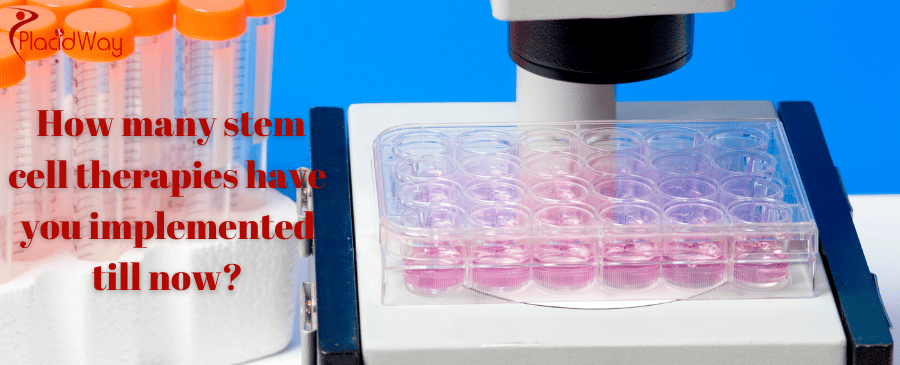
Experience is everything. The more a physician has successfully performed a procedure, the better the outcome and the fewer complications. For surgical procedures, a surgeon typically considers themselves an expert once they have done a procedure two hundred times or more. Some clinics talk about the total number of procedures they have performed including blood platelet procedure numbers.
2. What is the success rate of the doctor in Stem Cell Therapies?
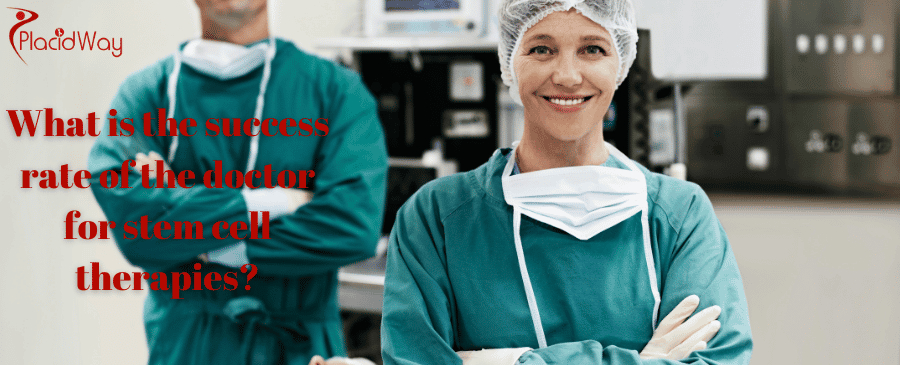
Physicians should report on patients' pre and post-operative function and pain as well as adverse events. All outcome results, including those who did not respond positively to therapy, should be recorded. Results should be registered in a registry so that other physicians may examine the data and develop medicine techniques and practices.
3. What is the medical specialization of the doctor?
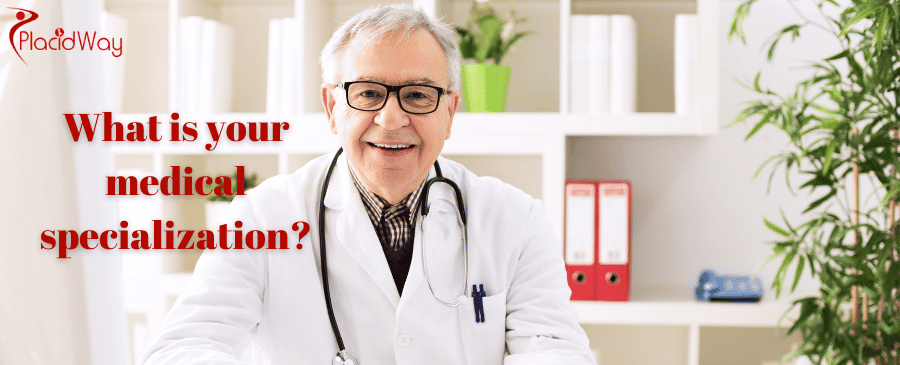
Physician specialty matters. Board-certified physicians specializing in sports medicine, physical medicine, or interventional pain treatment, are trained to perform injection-based care for joints. The provider should have extensive training in guided injections, including ultrasound or fluoroscopy, to ensure your cells will be precisely injected where needed.
4. How do you collect stem cells?
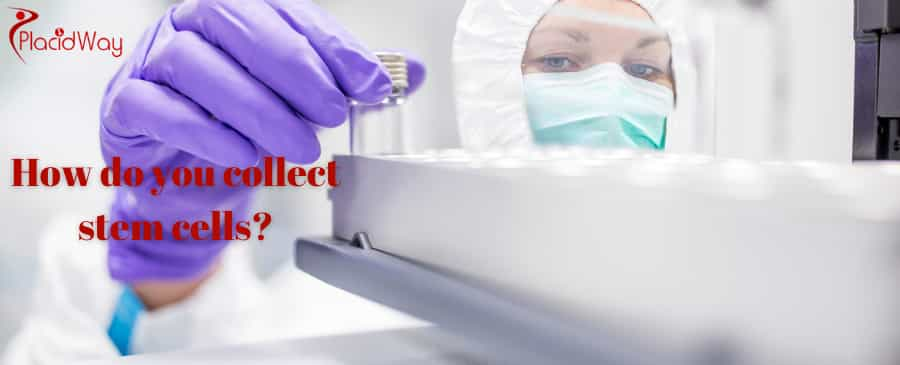
Harvesting is critical. The technique for extracting stem cells differs depending on the source. Bone marrow stem cell harvesting requires a bone marrow aspiration. A great deal of experience and image guidance is necessary to perform a bone marrow aspiration; otherwise, there is a significant risk the physician will aspirate blood without stem cells, instead of bone marrow with stem cells.
5. What is the dosage of stem cells that will be re-injected?
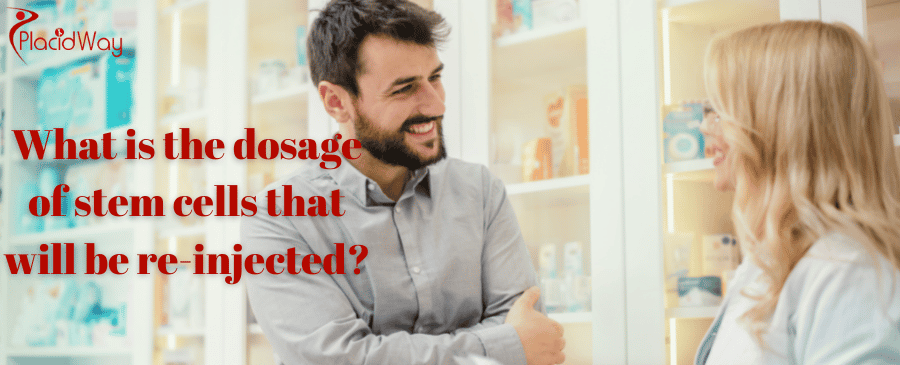
Dosing in medicine is key. After stem cells are harvested, they are processed to remove the less useful tissues, including inflammatory agents, producing a highly purified concentration of stem cells. Clinics commonly use small beside centrifuges for isolation, which yield poor stem cell concentrations and cannot provide precise cell counts. This means clinics don’t know how much of what they re-inject is actual stem cells.
6. Which type of stem cells do you use?
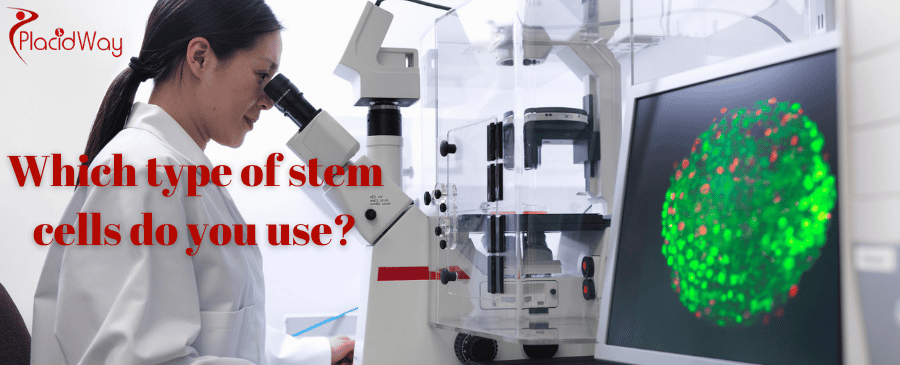
Not all stem cells are created equal. Companies that make stem cell vials must completely destroy all living cells, so those using these vials do not contain any live stem cells. The greatest supply of mesenchymal stem cells is found in the bone marrow. Orthopedic repair, including cartilage and tendon tissue, has been shown in published.
7. How will you ensure the correct placement of my stem cells?
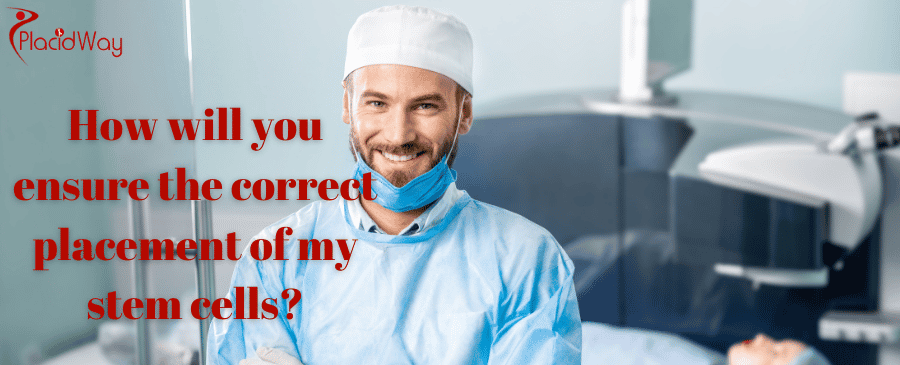
To be most successful, stem cells must land on target. Your doctor must know how to deliver your cells in the precise location in order for them to be effective. The difference between a good result and continued pain and joint dysfunction might be as little as an eighth of an inch off when administering stem cells via one of three techniques. There are three methods of stem cell placement being practiced; blind injection, the shotgun approach, and the marksman technique.
8. What is the type of laboratory you are using?
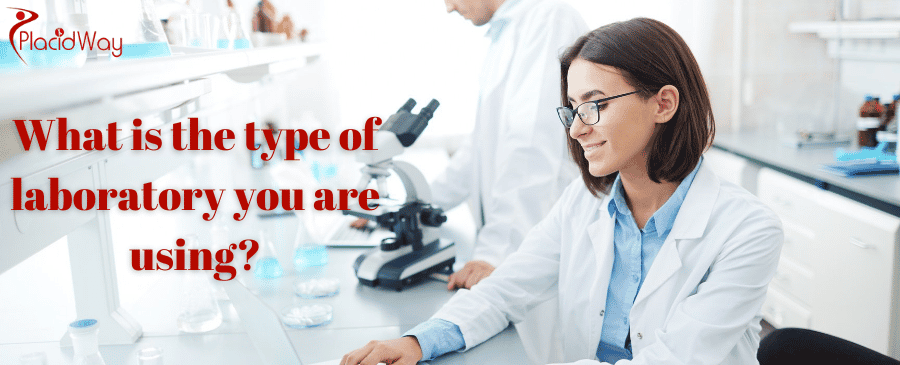
Not all laboratories are created equal. Tissue samples are exposed to open air in an "open" system, making them vulnerable to bacteria contamination. A "closed" laboratory environment is maintained using a germ-free method. To ensure that your stem cells remain safe from contamination, a dedicated cell-biology lab conducts air quality and sterility inspections while
9. Which kind of medicines can harm stem cells?
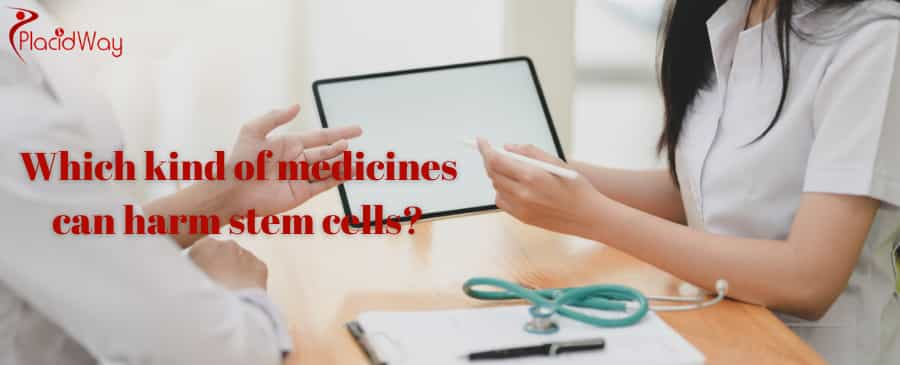
Your stem cells must be healthy. Some patients have found that some prescribed drugs are detrimental to their stem cell health. The most frequent local anesthetics, lidocaine, or bupivacaine kill your stem cells. Make sure the doctor isn't giving you these as a numbing agent during your procedure.
10. Why do you think stem cell therapy is the right option for me?
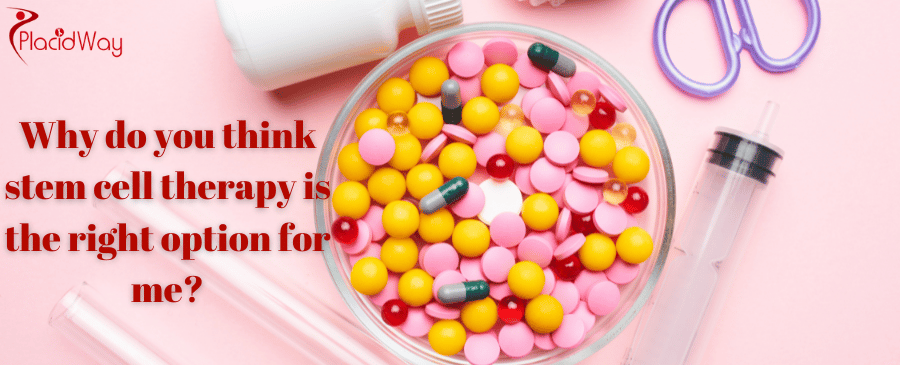
One size does not fit all. Not every patient is a good candidate for every procedure. An honest physician will tell you whether the stem cell procedure is a good fit for your condition.
Find the best doctor for Stem Cell Therapy in Mexico today!




.png)



.png)









.jpeg)
